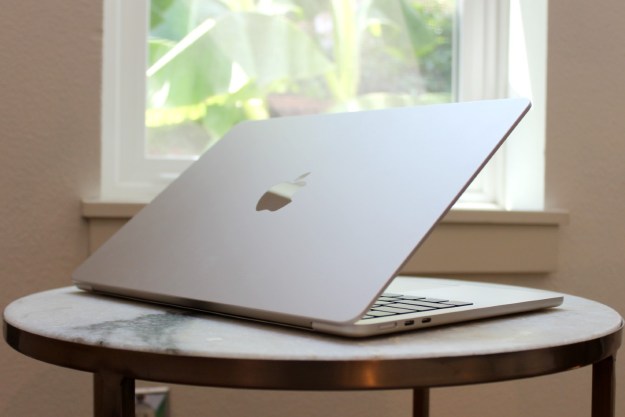
Arbor Networks has released the largest analysis to date of IPv6 traffic on the Internet…and finds there’s almost none. During July 2008, there was about 600 Mbps of interdomain IPv6 traffic measured on the Internet, compared to four Tbps of old-school IPv4 Internet traffic. Put another way, IPv6 traffic accounted for just 0.0026 percent of total Internet traffic for the month.
"It is now clear the original optimistic IPv6 deployment plans have failed," said Arbor Networks’ chief scientist Craig Labovitz, in a statement. "Based on our analysis, at the current rate of adoption, we are a decade or more away from pervasive adoption of dual stack support for IPv6."
IPv6 aims to solve a crucial infrastructure problem with the Internet: it’s running out of addresses. The existing IPv4 system allows for about 3.7 billion distinct IP addresses available for use on the Internet. Right now, about 2.7 billion of those addresses are being used; at the current rate of consumption, some industry watchers believe the Internet will run out of IPv4 address space for Internet end-users in late 2011 or early 2012.
IPv6 is designed to address that shortcoming in part by vastly expanding the possible address space on the Internet. However, network operators, router developers, and operating system vendors have been slow to roll out support for IPv6, in part because of efficiency issues with managing traffic under the new protocol as well as backward compatibility: if the Internet were to switch over to IPv6 overnight, tens of thousands of networks—and untold millions of users—would suddenly become unreachable.
Arbor Networks’ study points out that significant amount of IPv6 traffic may not be detectable by its methodology, and the actual amount of IPv6 traffic transiting the Internet natively may be significantly higher than the study reports. Nonetheless, industry watchers say its clear some precipitating factor will have to provoke large network providers to shift toward IPv6. That push could come from the private sector—say, major ISPs and backbone providers deciding to adopt IPv6—or from government and regulatory mandates. Who knows? After next year’s analog TV shutoff in the United States, maybe we can look forward to a government-required IPv4 shutoff…with coupons good for a discount on IPv6-compatible networking gear?
Editors' Recommendations
- The 6 best laptops for realtors in 2024
- The 6 best laptops for engineers in 2024
- These 6 tweaks take MacBooks from great to nearly perfect
- The 6 best tablets for handwritten notes in 2024
- Lenovo’s answer to the Mac Pro (with 128GB of RAM) is $6,970 off


